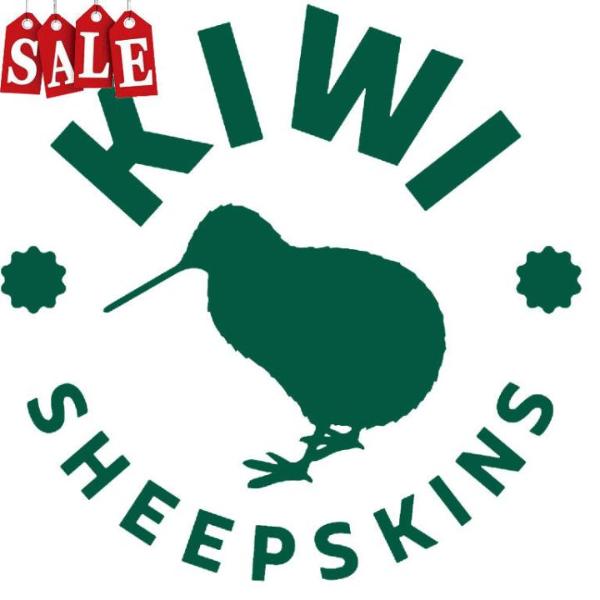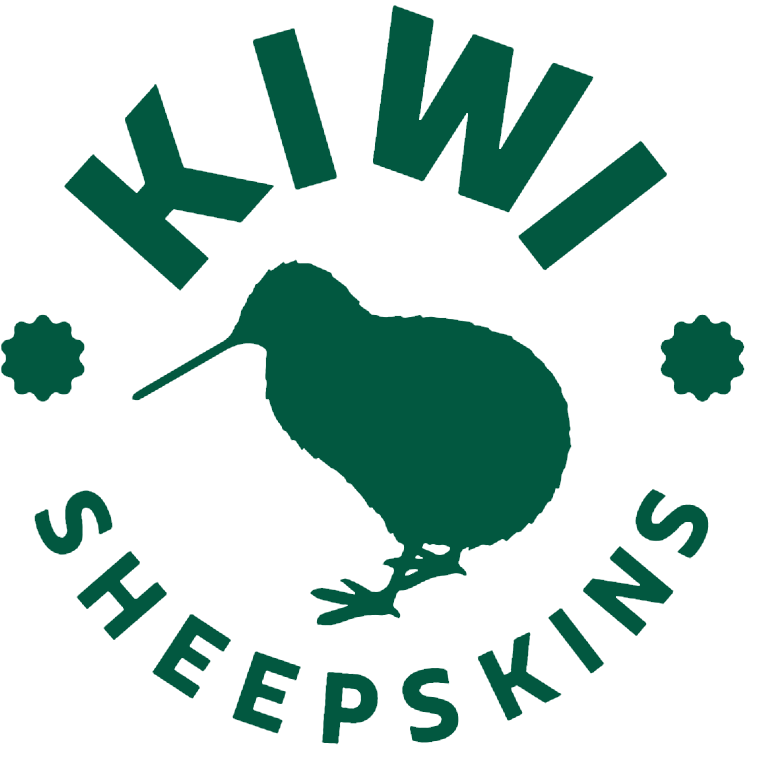Introduction
Woolly sheepskins are a natural, renewable resource which is a by-product of the lamb meat industry and incredibly versatile.
It is the skilful tanning of the hides that adds value, and careful selection is paramount to ensure the skins' suitability for their intended use.
A brief description of each type of sheepskin follows. Note we use the terms sheepskin and lambskin interchangeably but strictly speaking most sheepskin products are made from lambskins.
Traditional Long Wool Sheepskins
These are mainly used to produce floor rugs, pillows and car seat covers though you'll also see them used for a number of our products such as the luxurious band around a couple of our winter hats and our boa wrap.
Their wool hasn't been shorn so maintains the soft and silky lamb's wool tip of an unshorn lamb.
Curly Wool Sheep Skins

Made from a specific breed of sheep whose naturally curly wool looks just great when clipped to a manageable length.
For the best curls, which are sometimes described as 'pig tails', older sheep are used. So the pelts are typically larger than other sheepskin rug types which tend to be made from lambskins. Please note that we currently do not have any stock of curly wool rugs.
Medical Sheepskin
Sheepskins with densely packed wool fibers that are soft, springy and resilient are specifically selected. The wool is clipped to a uniform pile height of approximately 25mm (1in). The pelts also undergo an extended tanning process to allow them to endure regular washing and drying.
The springiness of the shorn wool pile distributes pressure over a large area of the body, allowing air circulation to avoid moisture build up. This results in coolness in summer and warmth in winter.
Medical sheepskins have numerous uses including for bedding, wheelchairs, medical boots, heel and elbow pads, and general purpose seat pads.
For additional information, see our medical sheepskins information page.
Twinface Sheepskin

Typically used for premium sheepskin footwear, their leather side is given a suede like finish and dyed during tanning.
Unlike sheepskins used for products like rugs and medical products whose hide side is rarely seen, the leather side of twinface (or double-face) sheepskin is given much care and attention.
By careful selection of premium skins, clipping of the wool to the optimum length, and special processing and tanning, both sides of the twinface sheepskin are ideal for their intended purpose. For footwear the outer hide side needs to be near perfect, with just minor blemishes that add to its authenticity.
Our boots use firmer skins to help them stand proud and slippers use softer skins. Our winter mittens are also made from twin face sheepskins but younger, softer skins are specified for improved comfort and flexibility.
Slink Skin Lambskin

In early spring a small proportion of newly born New Zealand lambs don't survive. These casualty lambs are collected and processed to produce much sought-after leathers.
These slink skins are one of the world's softest and lightest twin-face leathers. The outer side can have a suede or nappa finish, and the inner's wool can naturally have small curls or be straightened to feel like fur.
As well as being ideal for our sheepskin gloves, they are also used by high-end garment makers.
For additional glove information, see our slinkskin lambskin gloves information page.
Infant Care Lambskins
Simply a specially selected whole lambskin pelt that has undergone a special extended tanning process to allow repeated washing. Strict selection criteria include lambskins with a quality leather and fine wool with no loose wool or material that could be dangerous if swallowed.
The natural insulation of the lambskin wool helps baby stay warm in winter, and with its unique ability to absorb moisture and release it into the air, keeps baby dry and cool in summer too.
Bowron Baby Care sheepskins are Sanitized ® treated during tanning which protects against bacterial and fungal growth, and prevents unpleasant odors.
See our Baby Sheepskin information page for more details.
Pet Grade Pelts
Whilst being of utmost luxury for a pet, to keep the cost down they're of a lower grade to our premium rugs. They are tip dyed to cover natural color variations in the wool but the wool is still dense, warm and cosy. Also imperfections in the hide are allowed, but of course this won't affect your cat or dog's enjoyment of their luxury bedding.
Chamois Leather
To make this very absorbent drying leather, the wool from a large lambskin is removed and the skin re-tanned. The hide is then split into two with the outer wool side utilized for items such as shoe lining and bookbinding. The stronger flesh side of the skin is tanned to make the chamois leather the traditional way using cod liver oil.
Chamois are excellent for cleaning and drying cars and windows as they can absorb four times their weight in water.



 Sheepskin slippers
Sheepskin slippers Sheepskin boots
Sheepskin boots Natural Shape Sheepskin Rugs
Natural Shape Sheepskin Rugs Designer Sheepskin Rugs
Designer Sheepskin Rugs Sheepskin Gloves and Mittens
Sheepskin Gloves and Mittens Sheepskin Hats
Sheepskin Hats Sheepskin Accessories
Sheepskin Accessories Possum Merino Clothing
Possum Merino Clothing Merino Wool Clothing
Merino Wool Clothing Cosmetics
Cosmetics








